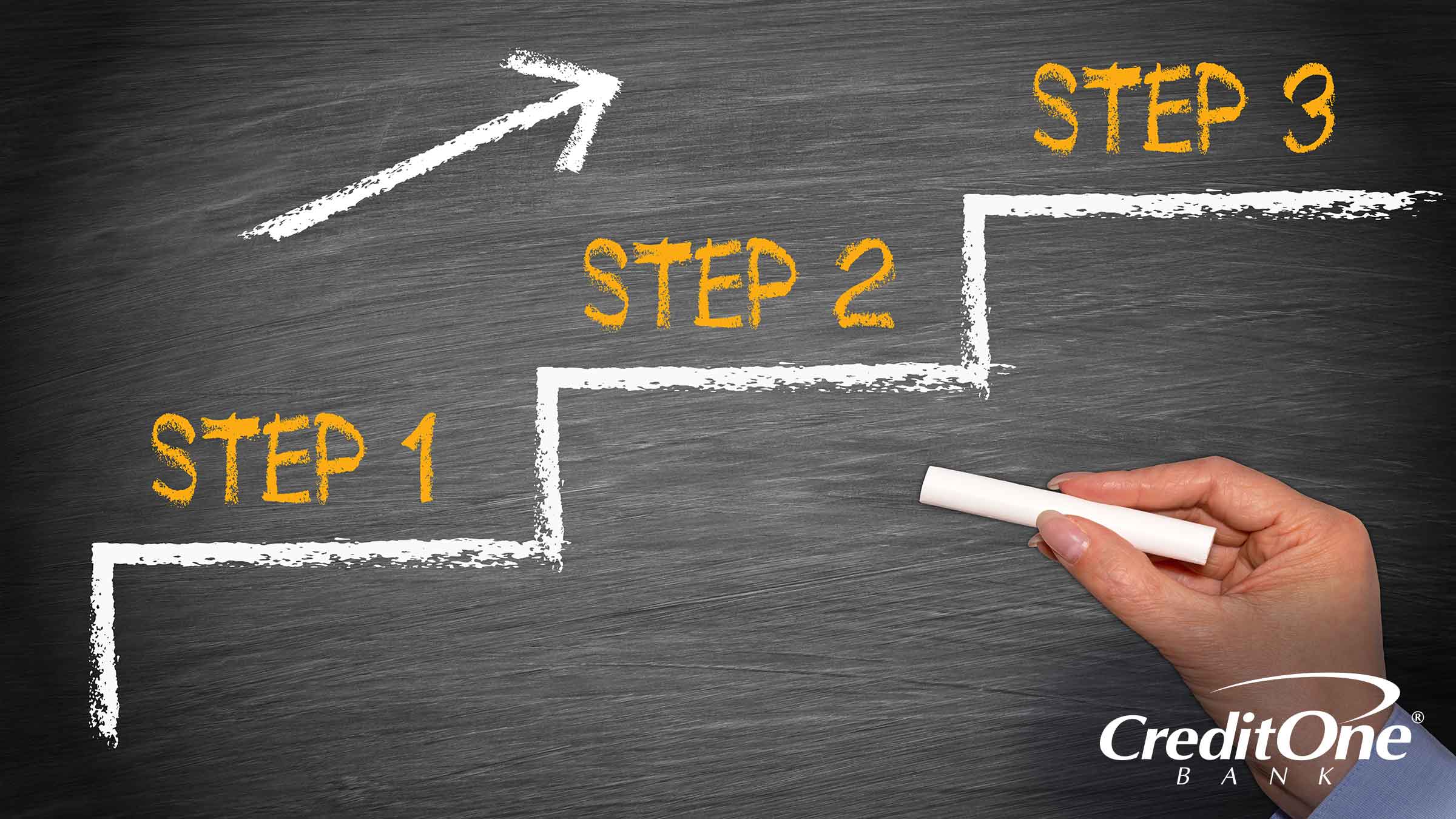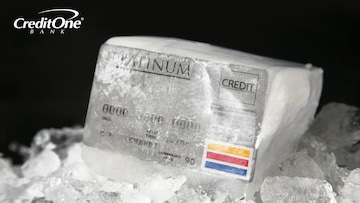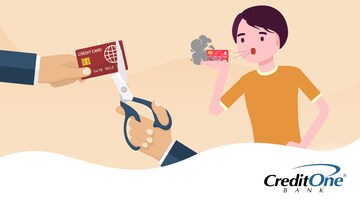A Step-By-Step Action Plan for a Lost Credit Card
June 20, 2018
Losing your credit card might be stressful, but it’s much easier to deal with when you have an action plan with the steps laid out.

In this article:
Steps To Take When You Lose Your Card
Your natural instinct might be to panic, but it’s important to stay calm during this process. The best plan is to take a deep breath, then follow this checklist so you can put the emergency behind you.
Step 1: Call the issuer
If your credit card is missing, and you can’t locate it after looking in all the places it could be, it’s important to move quickly. Call your credit card company to report your card as lost.
The issuer will almost always cancel your card to block it from being used anymore. Then they’ll issue you a new card with a new number and update your account.
Step 2: File a claim
Most credit card companies have some type of zero-liability policy, which means you won’t be responsible for fraudulent purchases made on your account. And even if your card issuer doesn’t offer this benefit, federal law limits your liability for fraudulent charges on a lost or stolen credit card to $50.
But you need to report the theft to the creditor, and most likely file a written claim. You might also have to provide a police report or other documentation to support your case.
Step 3: Notify your bank
If you lost your whole wallet or purse, rather than just your credit card, you’re dealing with a bigger emergency. Checks, ATM cards and debit cards don’t offer as much fraud protection as credit cards, which means you could be facing greater liability if someone uses them.
The level of your responsibility depends on how quickly you report them missing. So if your checkbook or debit card were stolen, you’ll want to notify your bank right away.
Step 4: Contact government agencies
Believe it or not, some things are even more valuable than your financial tools. If any of your personal ID was in your wallet, like your driver’s license or Social Security card, you could be dealing with a potential for identity theft.
If you lost your driver’s license, you’ll need to replace it. Depending where you live, it might just be a matter of paying a fee and getting a temporary license while you wait for the new one to arrive. But some states require you to file a police report before you can apply for a replacement license, so that’s an additional step to consider.
It’s never a good idea to carry your Social Security card with you. Best practice is to memorize the number and leave the physical card in a safe place at home, or in a safety deposit box at the bank. However, if you’re reading this too late and your card is already gone, you’ll need to contact the Social Security Administration (SSA).
The SSA will replace your card for free, but you might have to make an appointment at a local office. And if the card was stolen rather than just lost, you’ll want to report the stolen number to the Federal Trade Commission (FTC). The easiest way to do that is through the FTC’s IdentityTheft.gov website.
Step 5: Freeze your credit
If you think your identity might be compromised, placing a credit freeze is highly recommended. This makes sure that nobody can pull your credit report, and therefore nobody can apply for new credit in your name — including you. It’s free to place and free to lift, but you have to make the request through the credit bureaus and it can take a day or more to implement.
Other options include a credit lock or fraud alert, which protect your credit in slightly different ways. Credit locks are often paid services, but you can instantly lift them yourself through an app or online account. Fraud alerts don’t block people from accessing your credit reports, but they warn potential lenders that you might be a victim of identity theft. Then they need to verify that you’re really you before issuing any credit.
Step 6: Watch the mail
After you’ve reported your credit card lost or stolen, and they cancel the card, you’ll receive a new one in the mail or by courier. Then you’ll need to activate it before you can use it.
You’ll likely get an estimated delivery time frame, like “within three to five business days,” so keep an eye out for it. Credit cards often arrive in plain white envelopes with no indication as to what their contents might be, so you can easily miss your card if you’re not paying attention. If it’s taking longer than expected to arrive, contact the issuer to check the delivery status.
Step 7: Update your profiles
So you’ve got your new card, with a brand new number, and the old number has been canceled. But what about all those places you’ve supplied your credit card info for subscriptions or other recurring charges?
The bank or creditor can often push the new card data directly to one of the standard digital wallets. But that doesn’t always let you see the actual number. So once you have the physical card in hand, you need to update the information in your online shopping profiles, utility bill accounts, subscription services, or additional digital wallets you might use.
Step 8: Monitor your accounts
Once you’ve dealt with the aftermath of losing a credit card, how do you protect your accounts and make things easier in the future? You might want to consider signing up for credit monitoring or identity theft protection. These types of paid services will automatically watch your credit reports for signs of identity theft and alert you to anything that could be fraudulent.
If you’d rather not spend more money, you can just make it a habit to check your credit reports regularly and manually comb through them for any unusual activity. Another free option is signing up for account notifications, text messages or other financial alerts through your creditor.
Bottom Line
A lost credit card — or even worse, a lost wallet or purse — is always inconvenient, and usually stressful. But it doesn’t have to be a total disaster. By taking action quickly and following these steps, you can hopefully limit the impact and move on relatively unscathed.
And then take advantage of monitoring services, fraud alerts, and other tools designed to protect you. Or commit to checking your credit card account statements and credit reports regularly, so you can spot anything out of the ordinary before it snowballs out of control.



